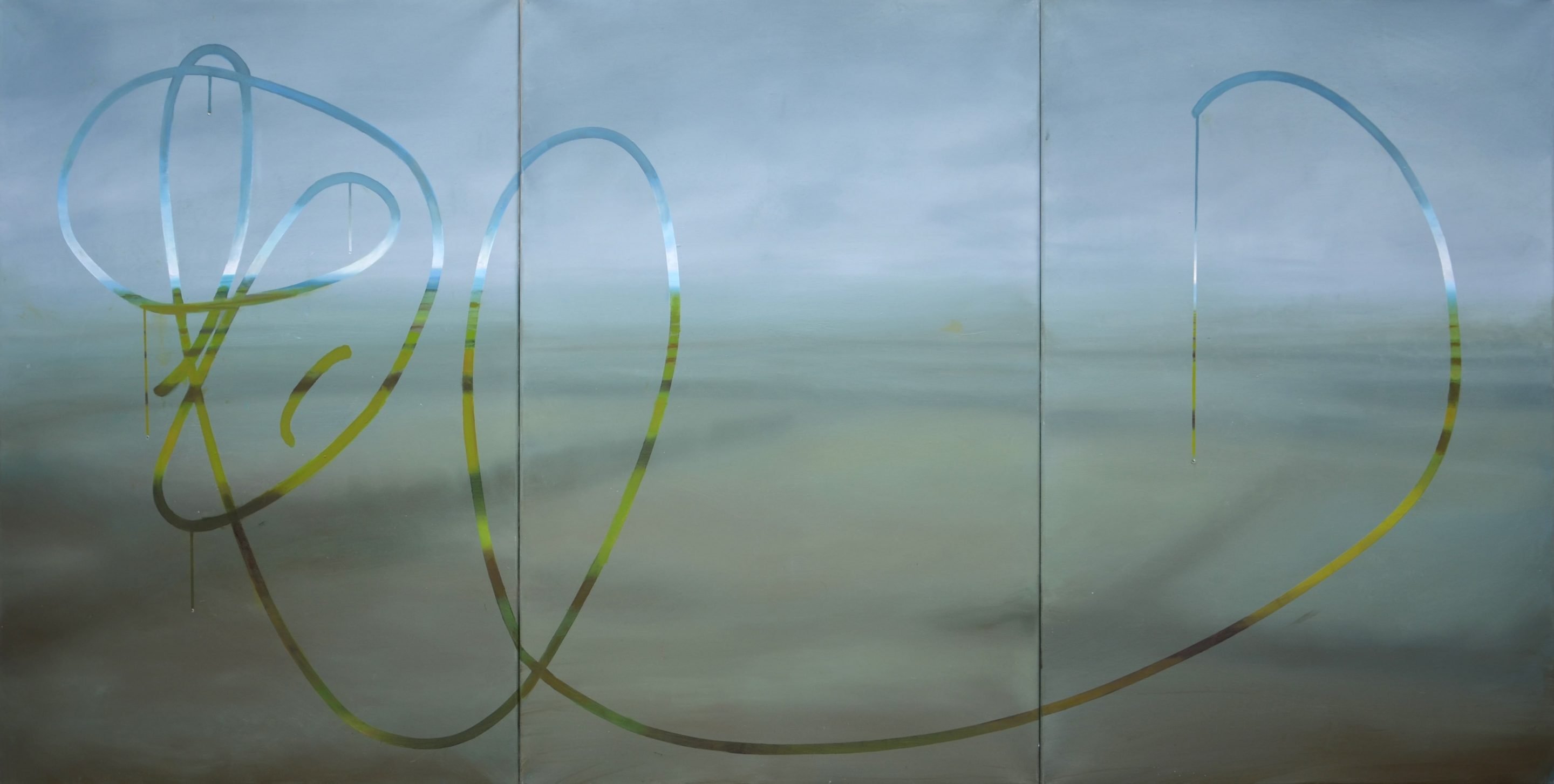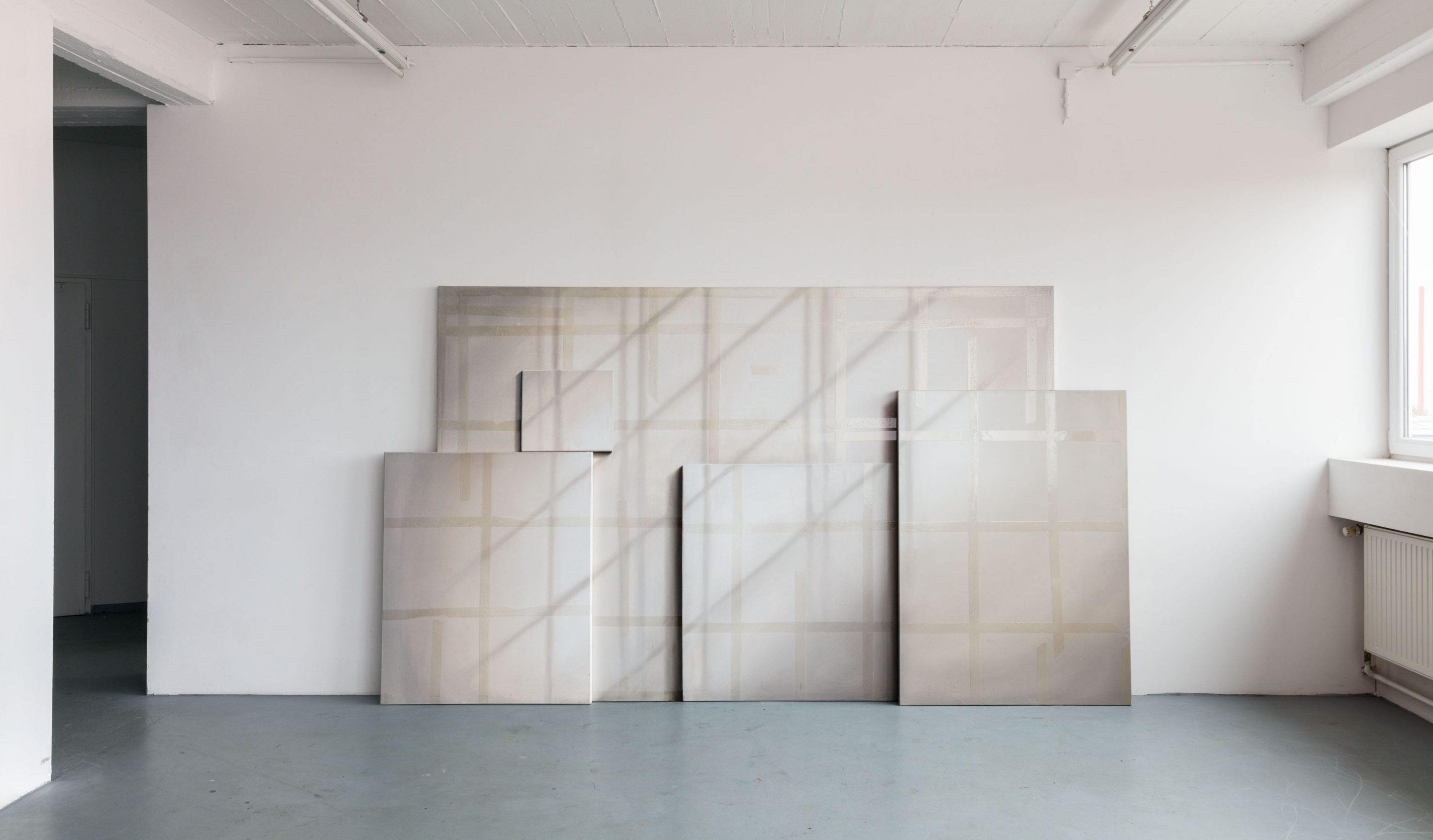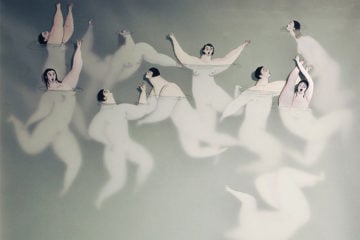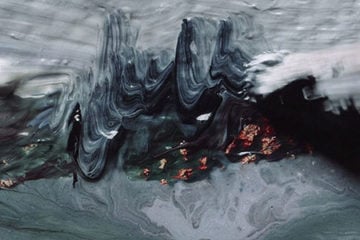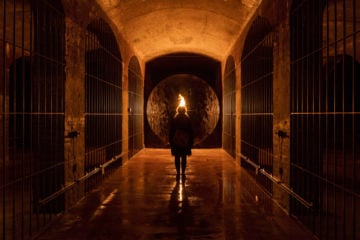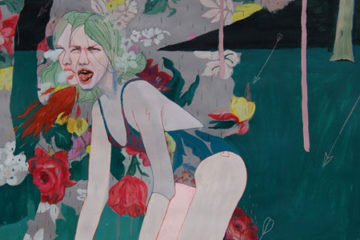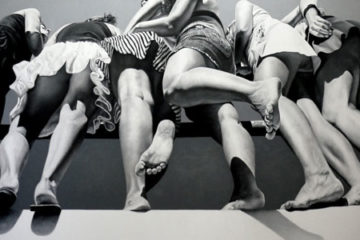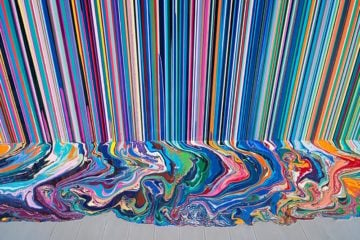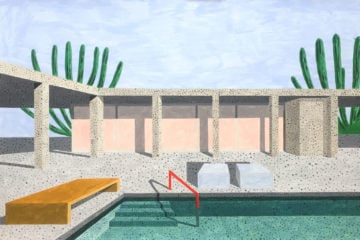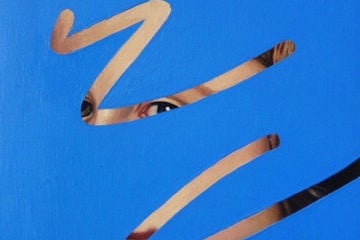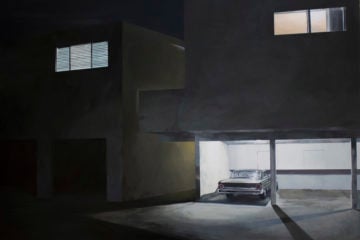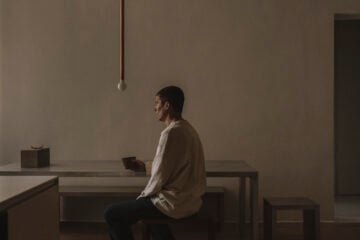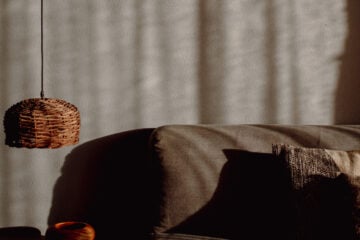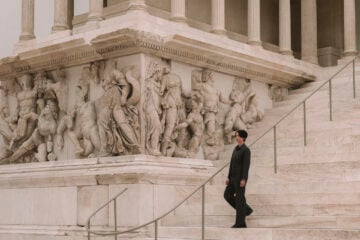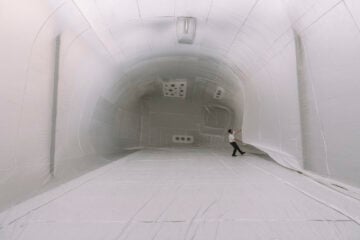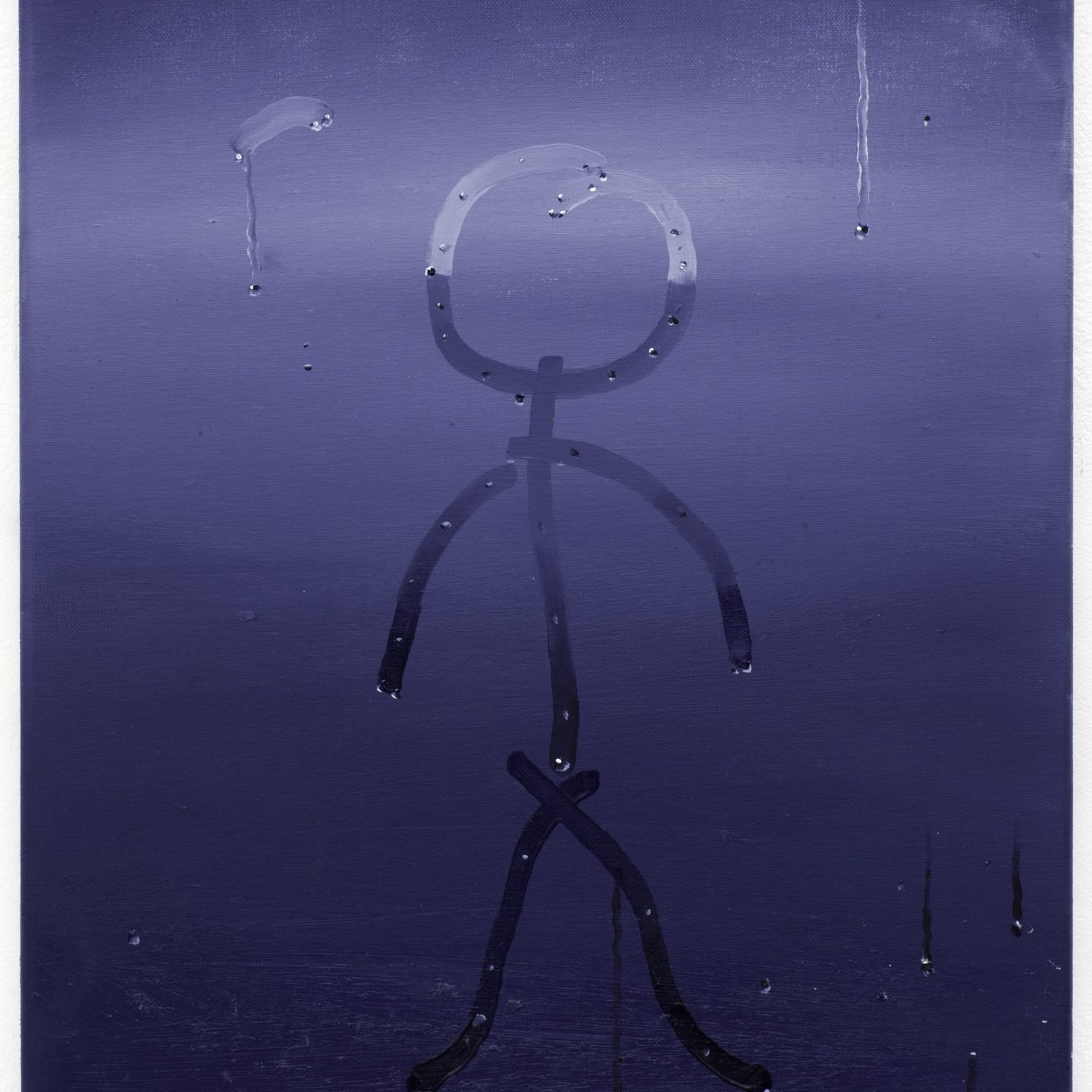
With A Hyper-Realistic Aesthetic, Jochen Mühlenbrink’s Paintings Of Foggy Obscured Windows
- Name
- Jochen Mühlenbrink
- Words
- Steph Wade
The latest series of works by German artist Jochen Mühlenbrink comprises paintings and mixed-media artworks that exist as a study of windows. His hyper-realistic oil on canvas works depict his philosophical approach to painting, where themes of perspective, imagination, escapism, and secrecy converge.
With this collection of works, Mühlenbrink is investigating the ambiguity of reality through an execution of natural optical effects in paint. His fogged window panes with figures and illustrations seemingly drawn out of condensation, for example, are in reality oil on canvas and exist both through the illusion they produce, and the material of which they consist. “These fogged windows are a balance between a celebration of painterly illusion and dystopian iconoclasm,” explains the artist to IGNANT. “The fog panes—with their pristine surfaces disturbed by finger marks—at once become images-within-images, and demonstrate what can be seen through them.”
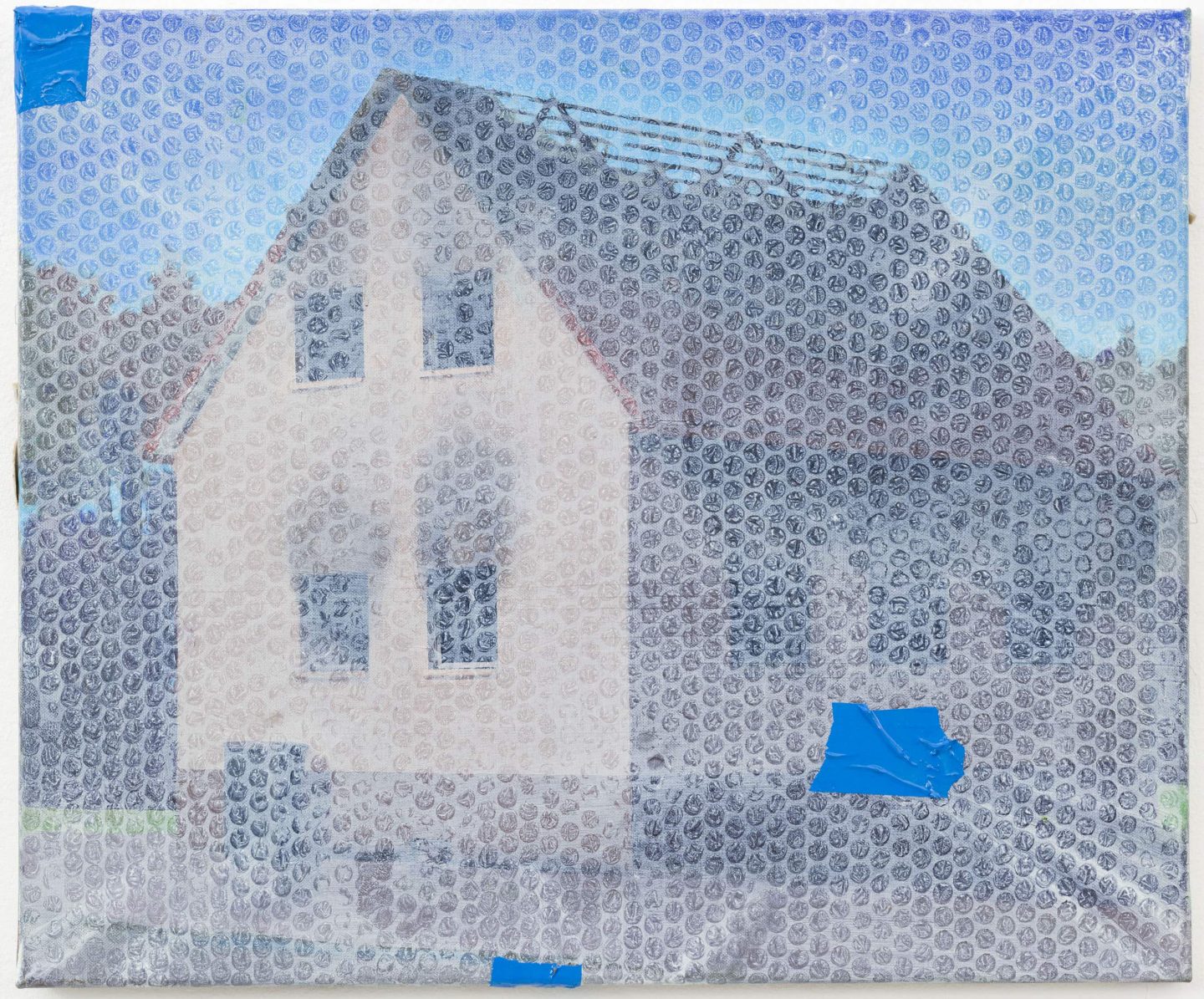
Einfamilienhaus (Lupo), 2015 40 x 50 cm Oil on canvas
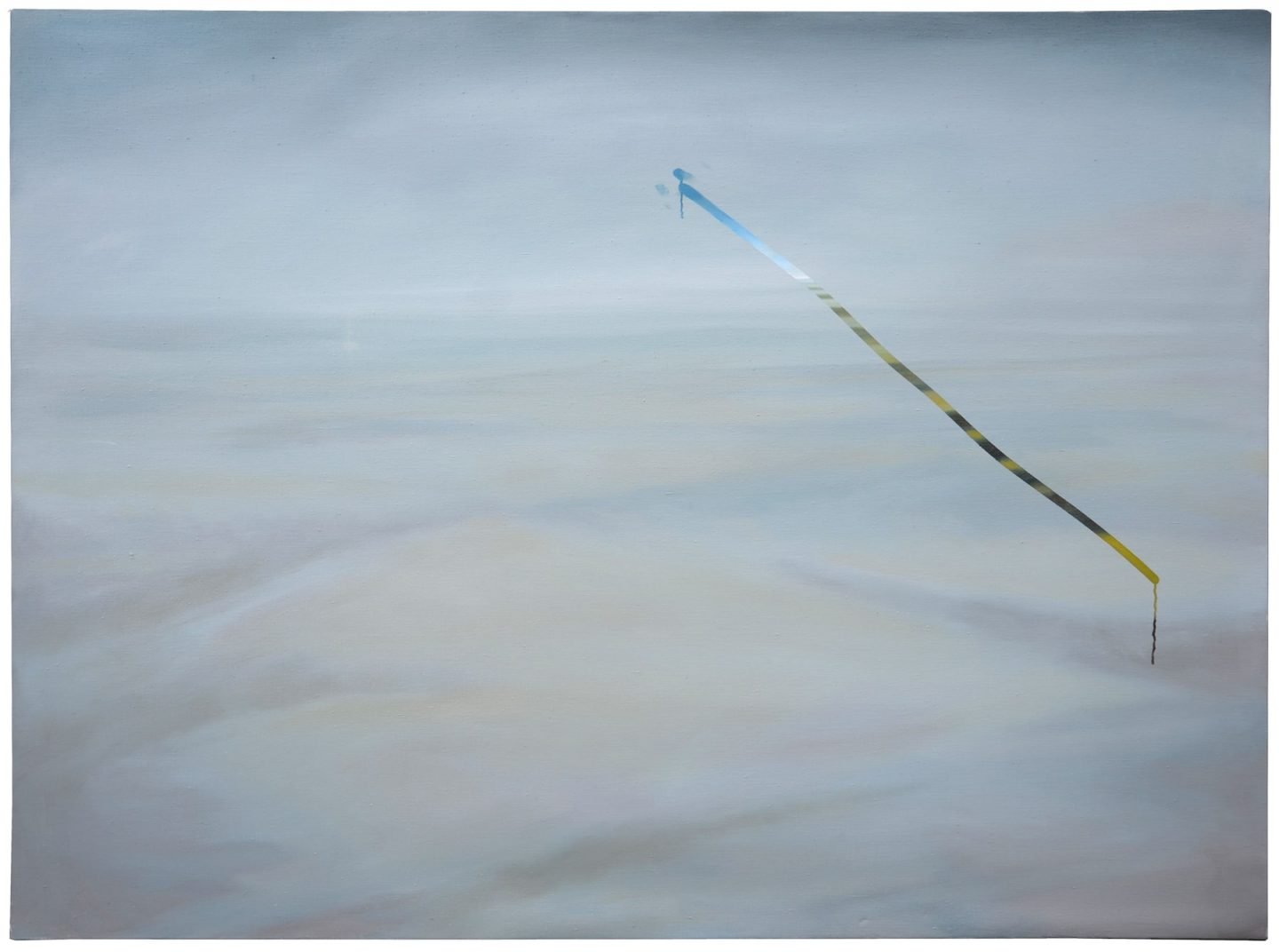
Sehschlitz, 2017 180 x 240 cm Oil on canvas
When viewing Mühlenbrink’s work, one is reminded of the innocence and inventiveness of childhood; sitting in the back of a foggy car and drawing different scenes on the car window. With this technique, we are given a glimpse of what lies beyond the fog: colorful suburban houses give his paintings two areas of focus. In other works, the artist has painted windows to look as if he has formed them from tape, when in actual fact these too are oils painted on canvases. The tension his paintings produce disrupts our preconceived idea of reality: we see what looks like an illusion, but we simultaneously know that what has been created is from pure paint.
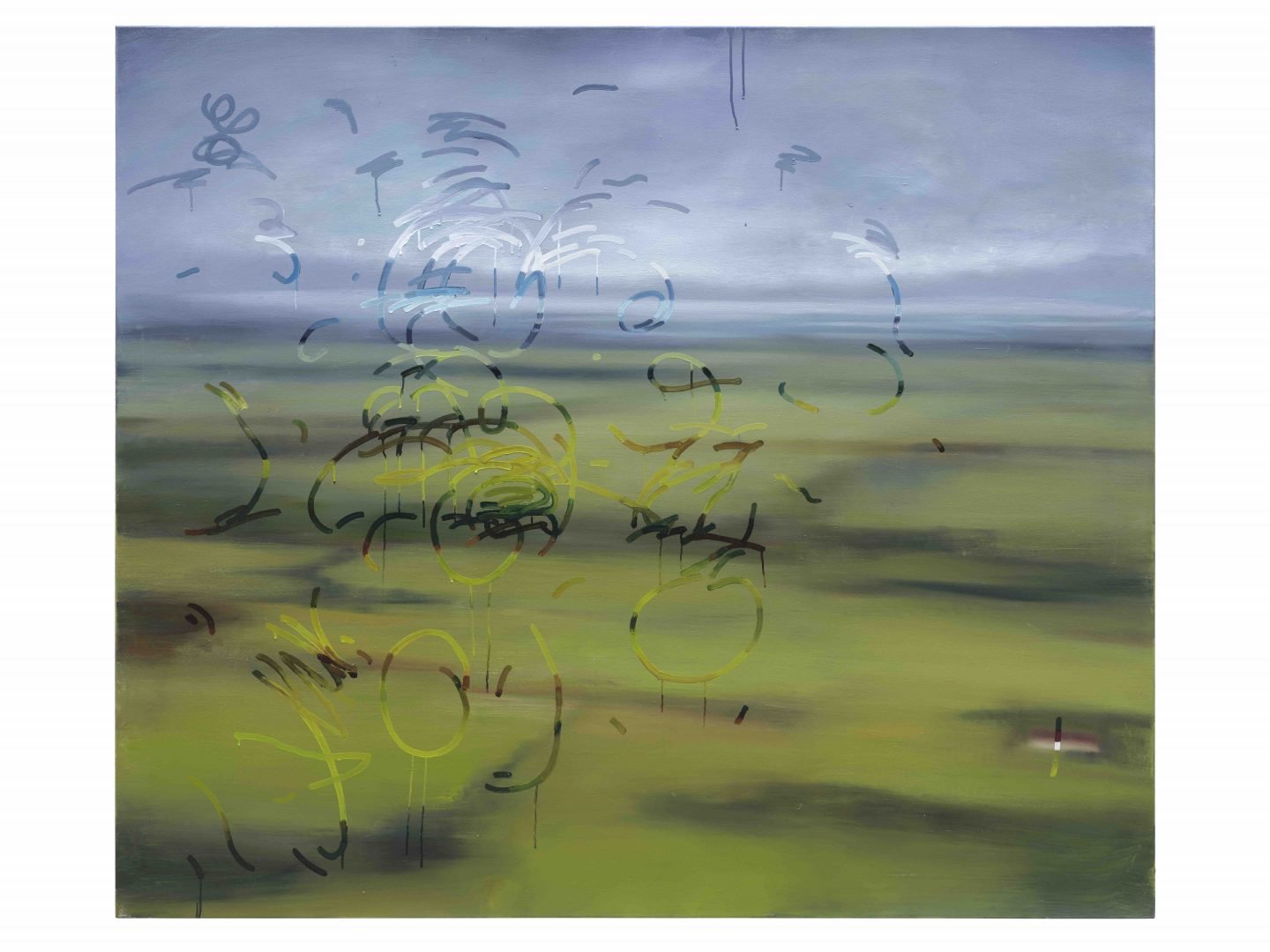
Norddeutsche Landschaft, 2019, oil on canvas, 180 x 220 cm
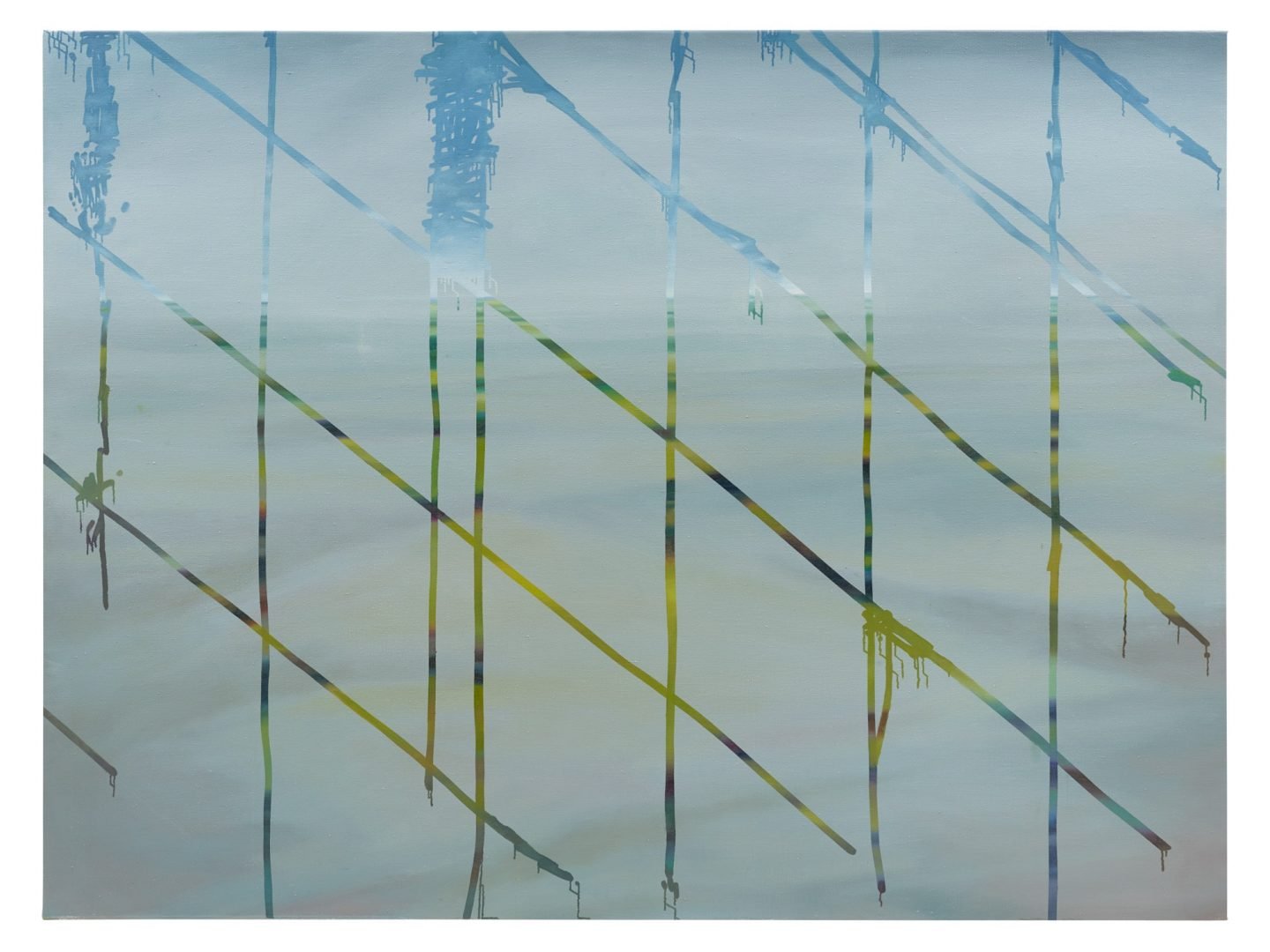
Window Painting, 2018 180 x 240 cm Oil on canvas
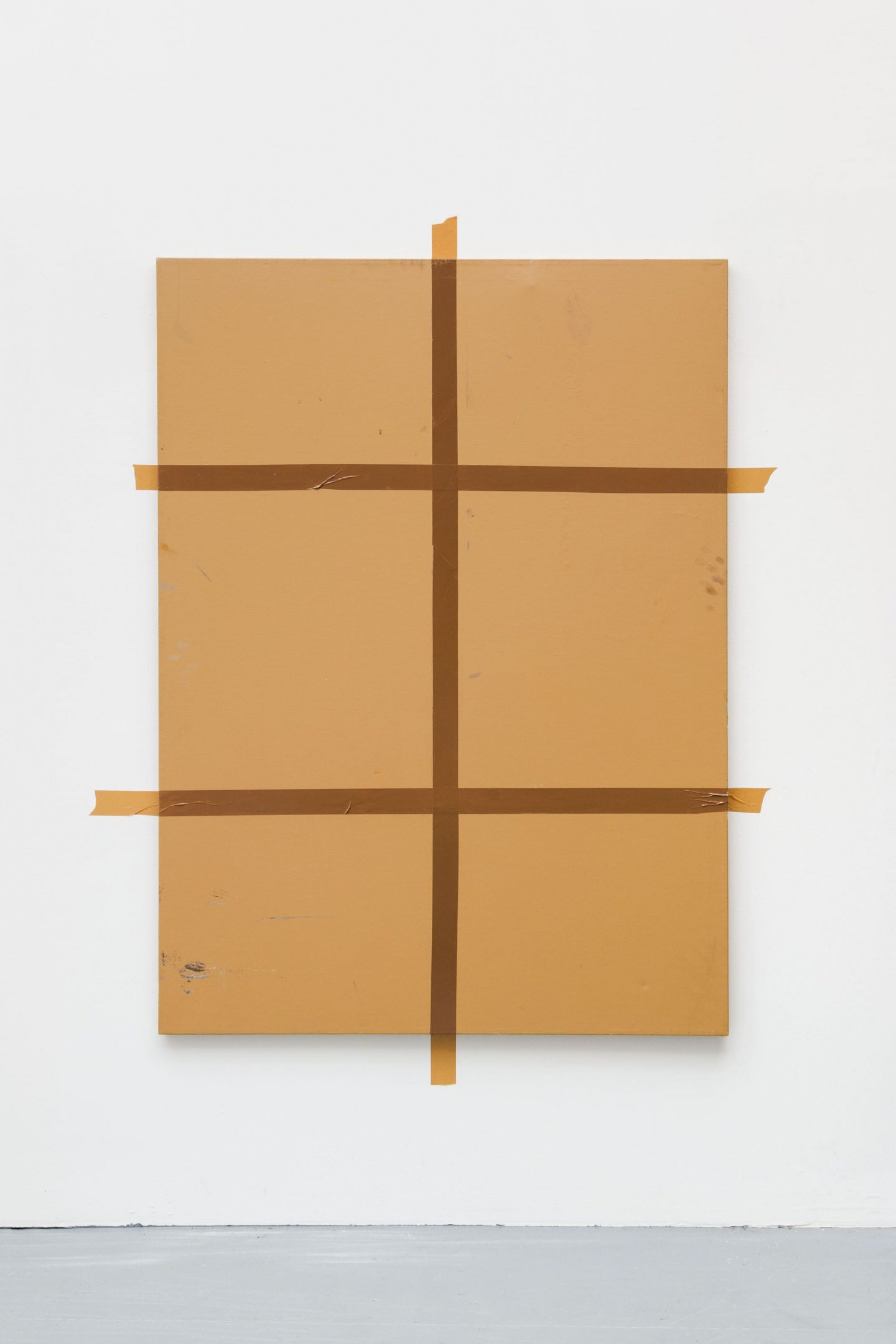
Fenster auf Pappe, 2015 175 x 125 cm Oil on canvas, tape on wall
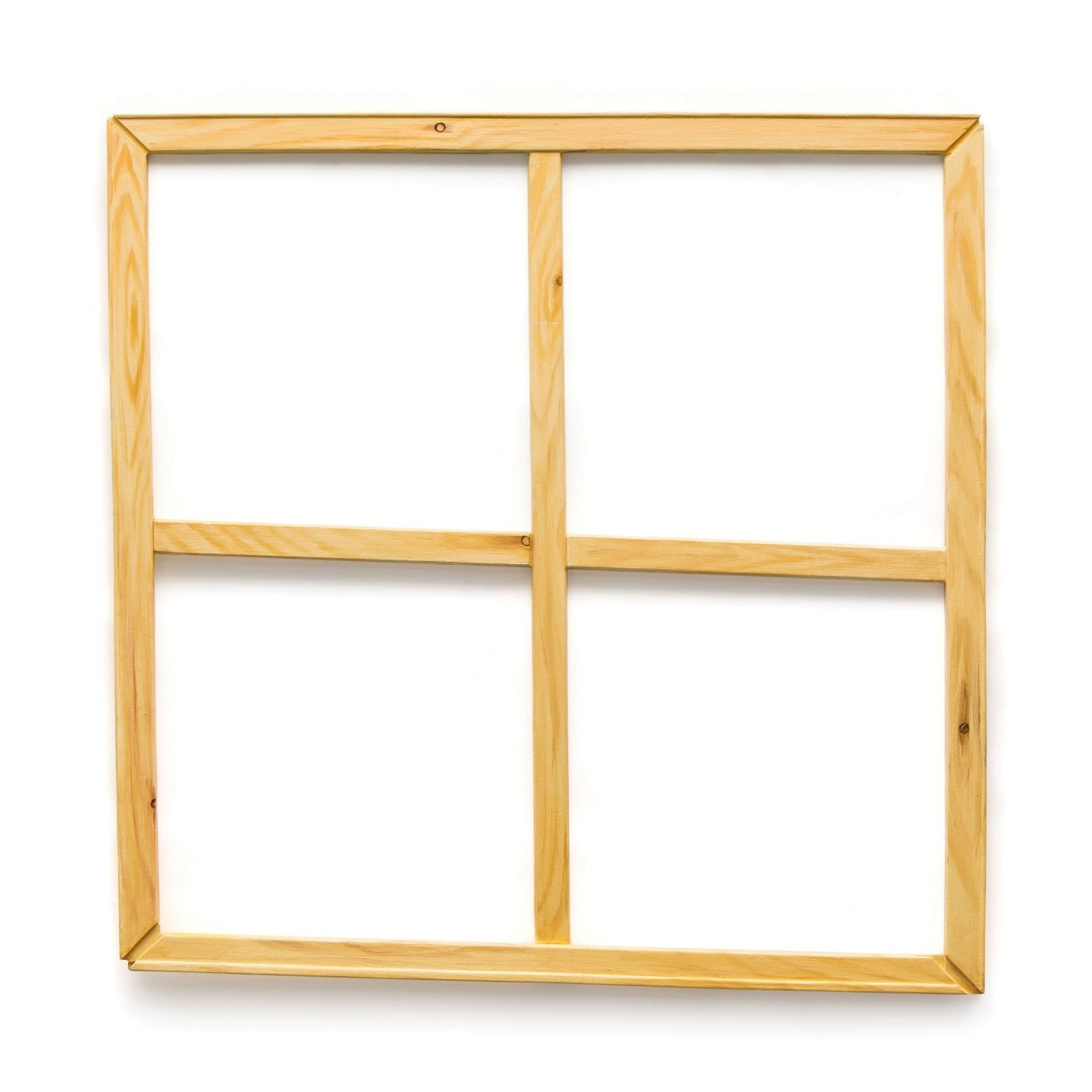
Keilrahmen mit Kreuz, 2017 100 x 103 x 5 cm Oil on aluminium

Studio Window, 2019 220 x 180 cm Oil on canvas
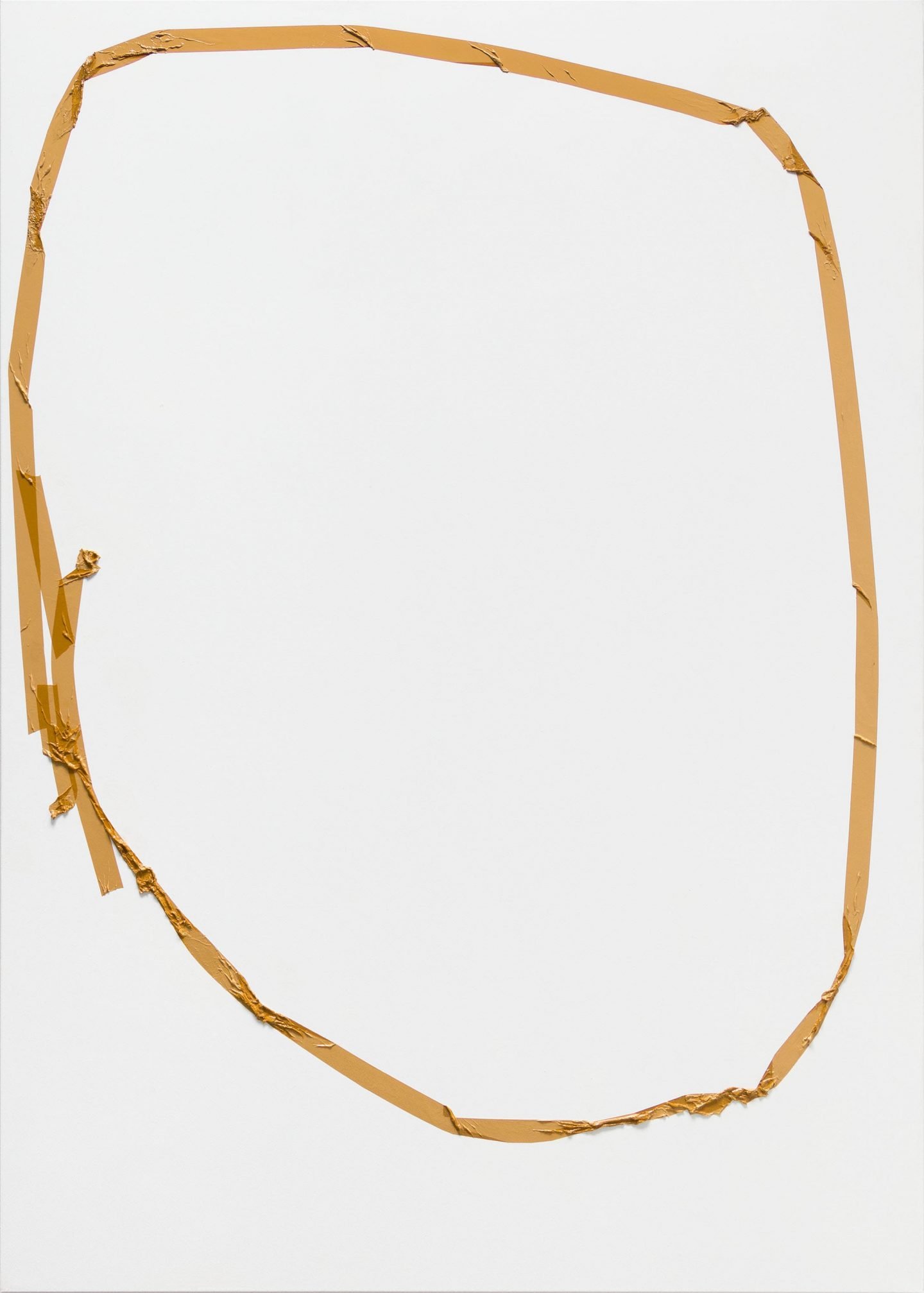
The Grand LT, 2020 280 x 200 cm Oil on canvas
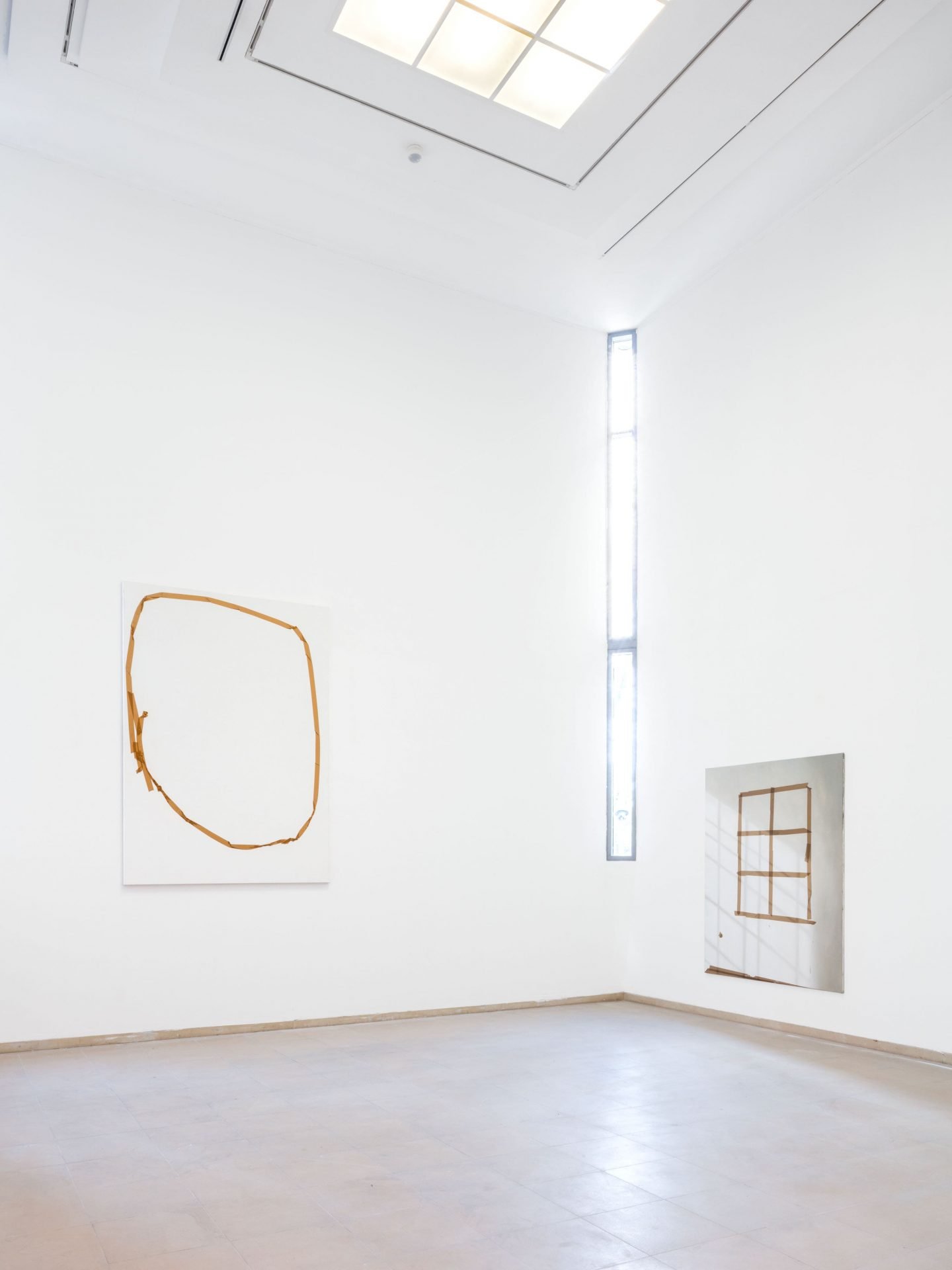
Jochen Mühlenbrink. Kunstmuseum Solingen, 2020
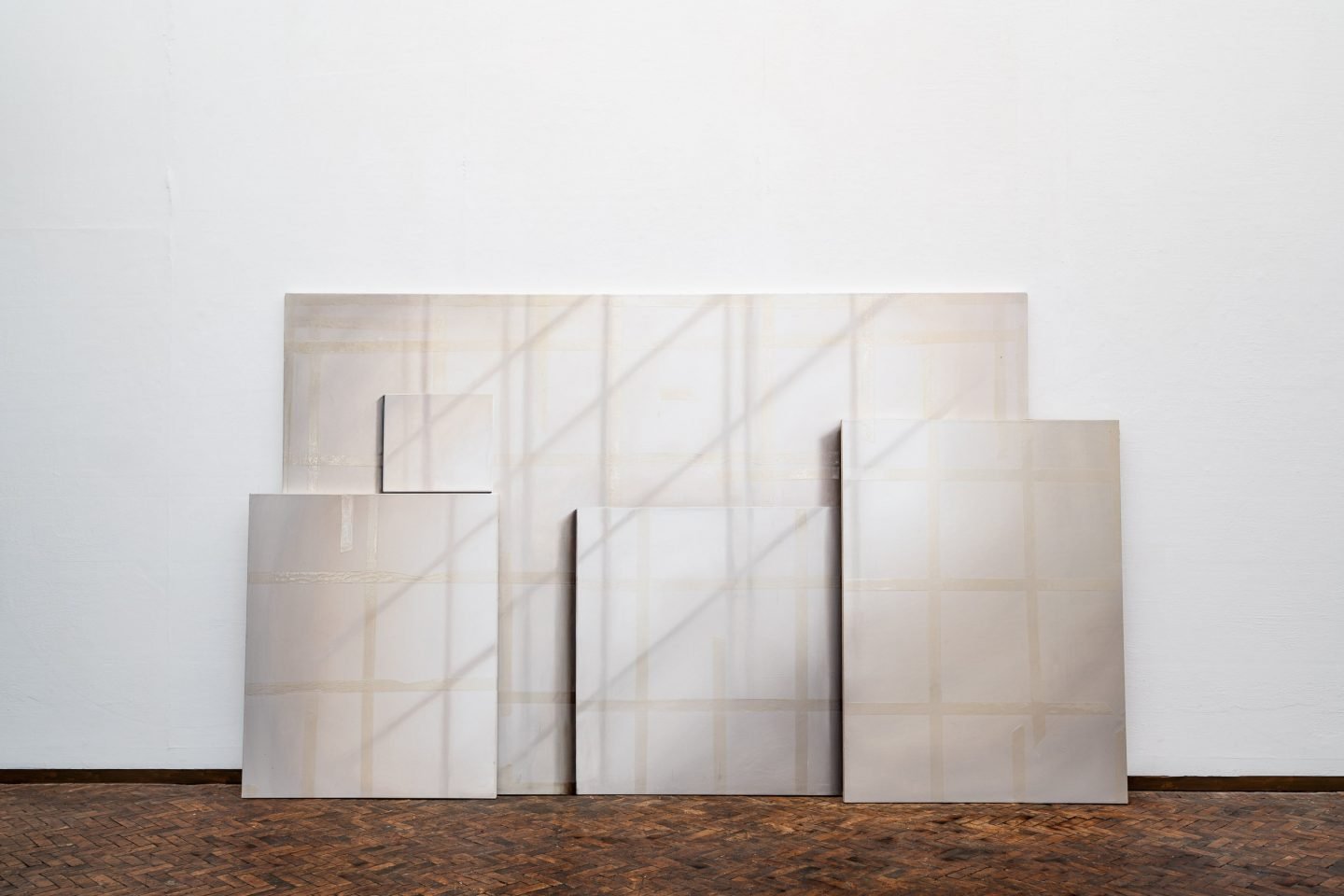
Afterimage (Triptych VIII), 2020 200 x 400 x 30 cm, 3-parts Oil on canvas
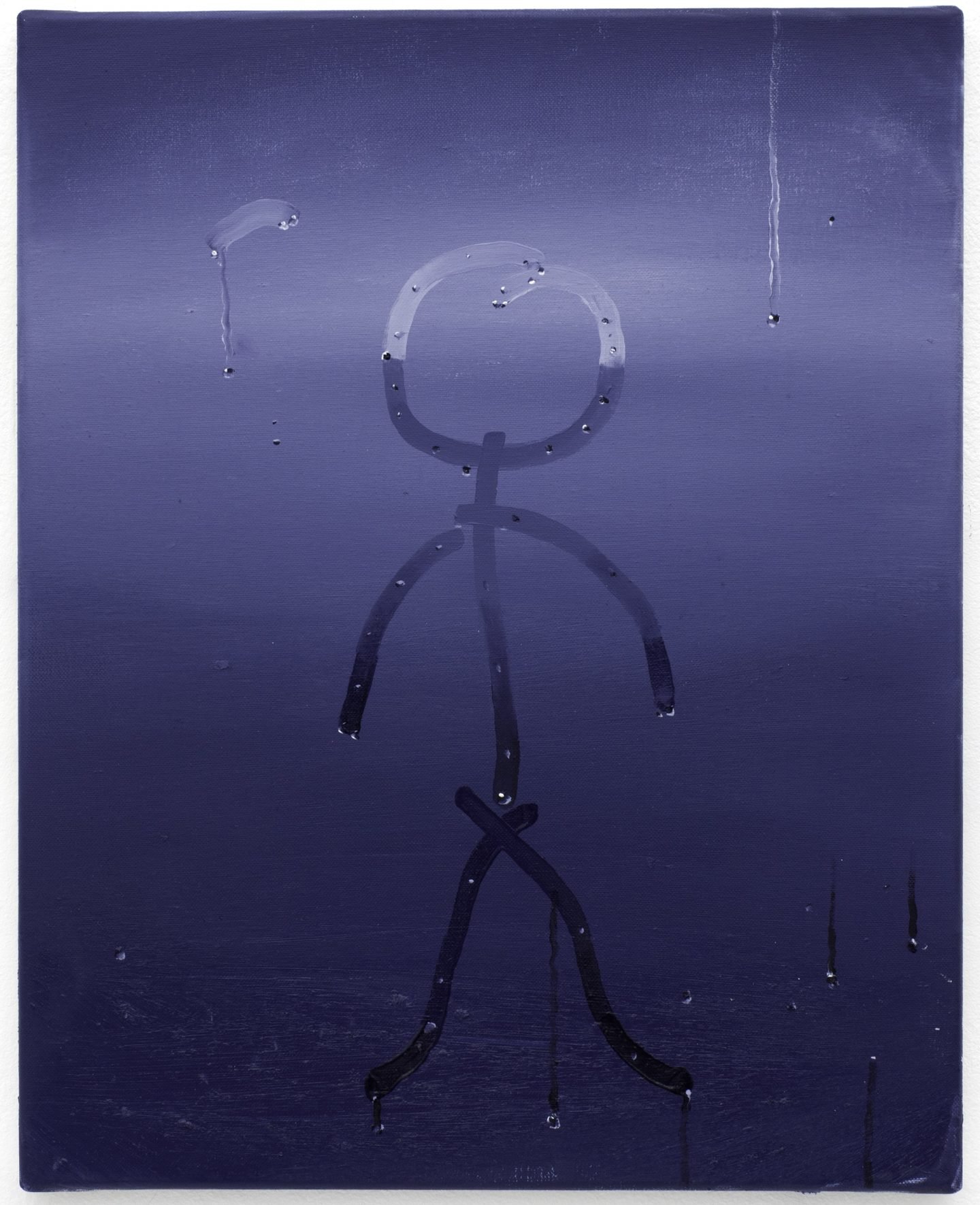
Existance, 2019 50 x 40 cm Oil on canvas
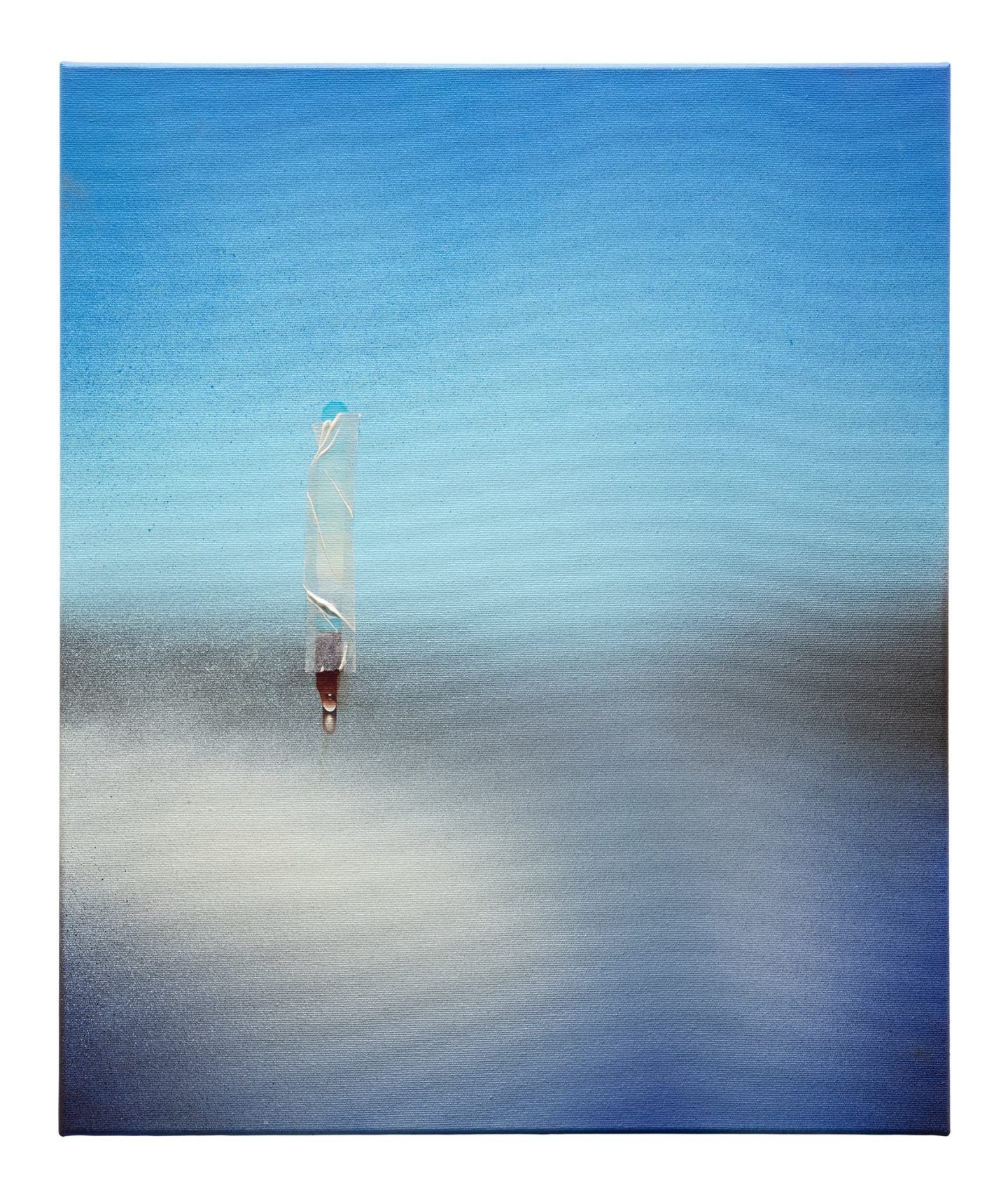
WTP, 2021 60 x 50 cm Oil on canvas
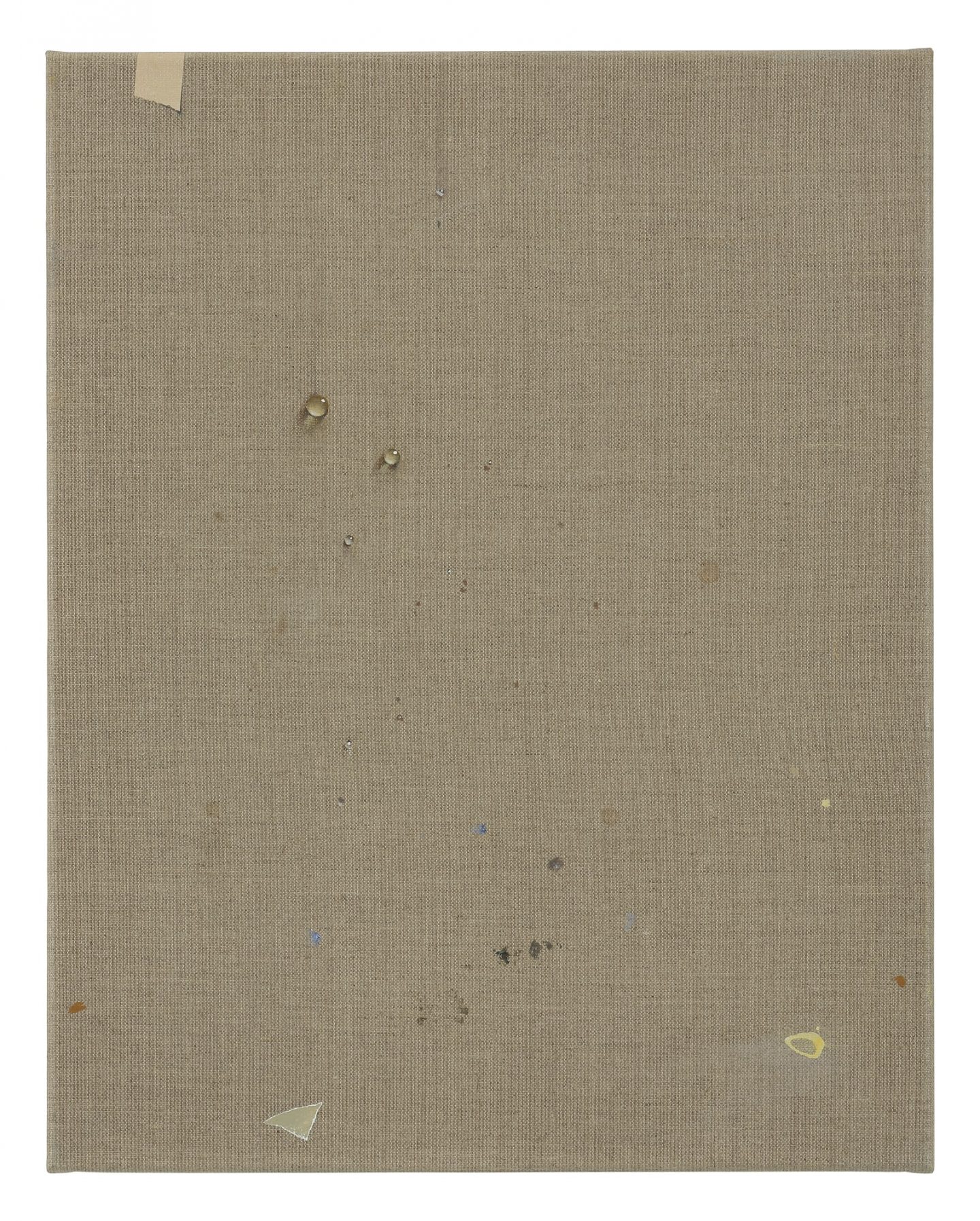
Study (drops), 2019 50 x 40 cm Oil on canvas
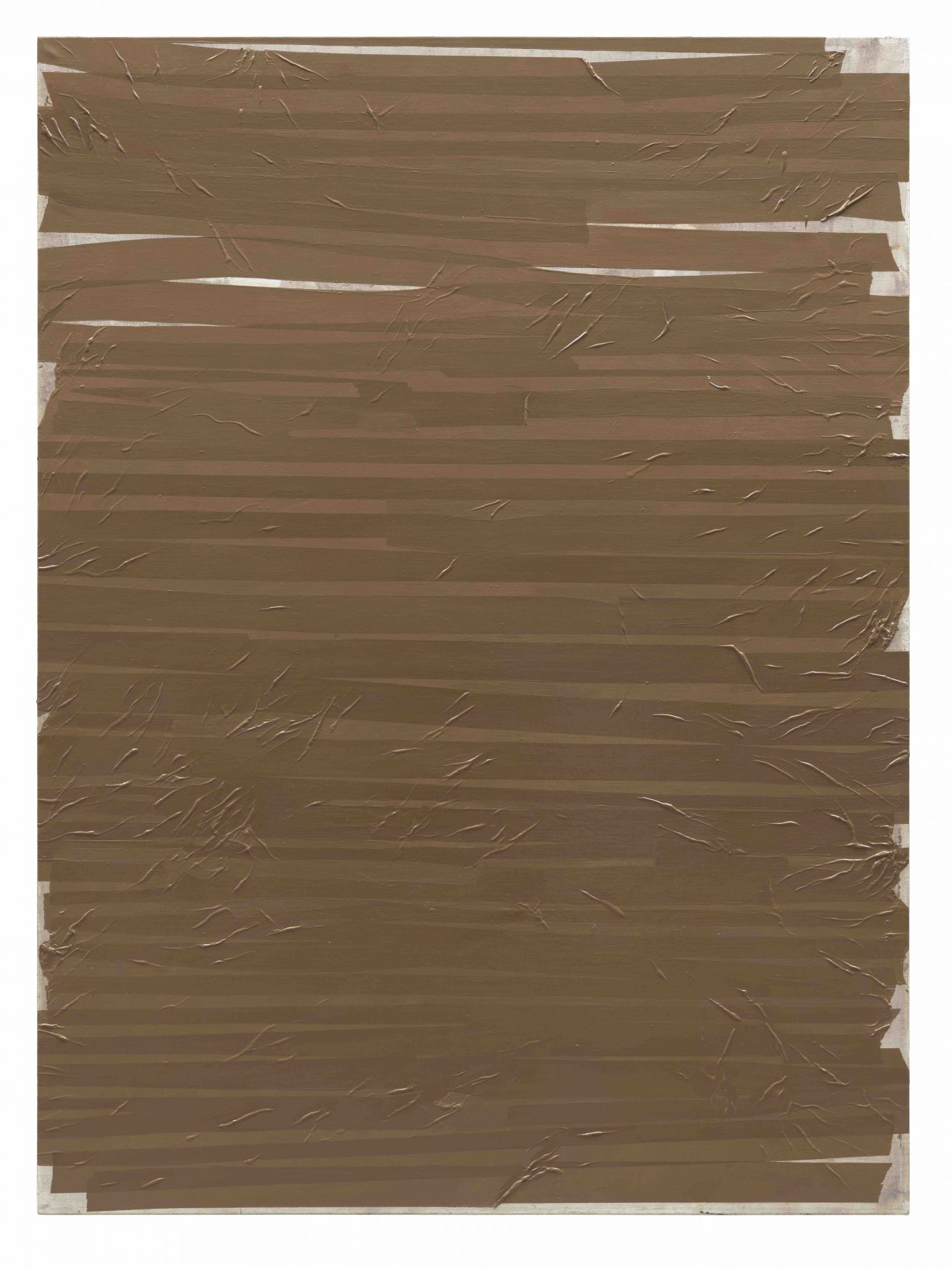
Jalousie, 2019 150 x 110 cm Oil on canvas
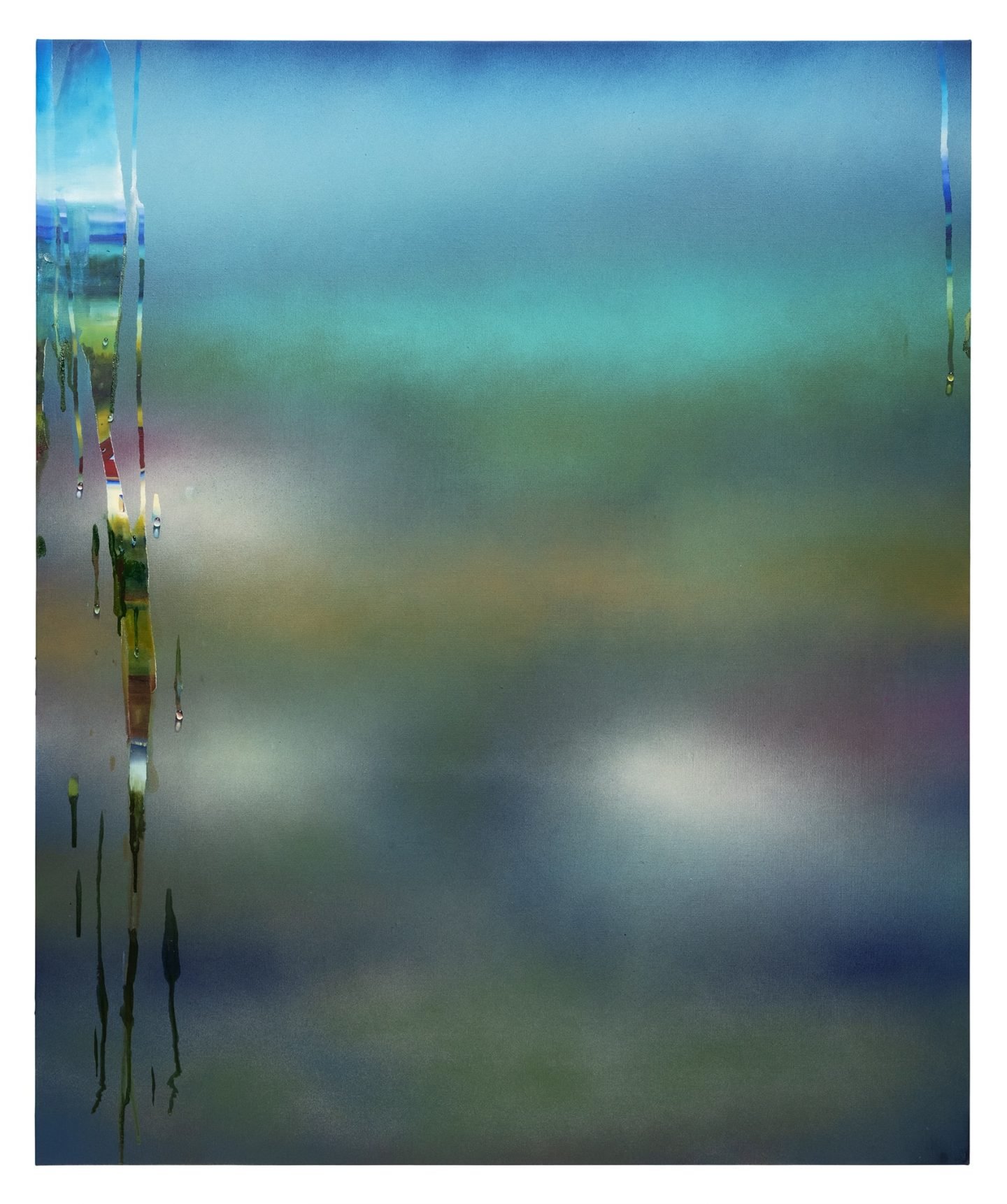
WP, 2021 120 x 100 cm Oil on canvas
All images © Jochen Mühlenbrink
